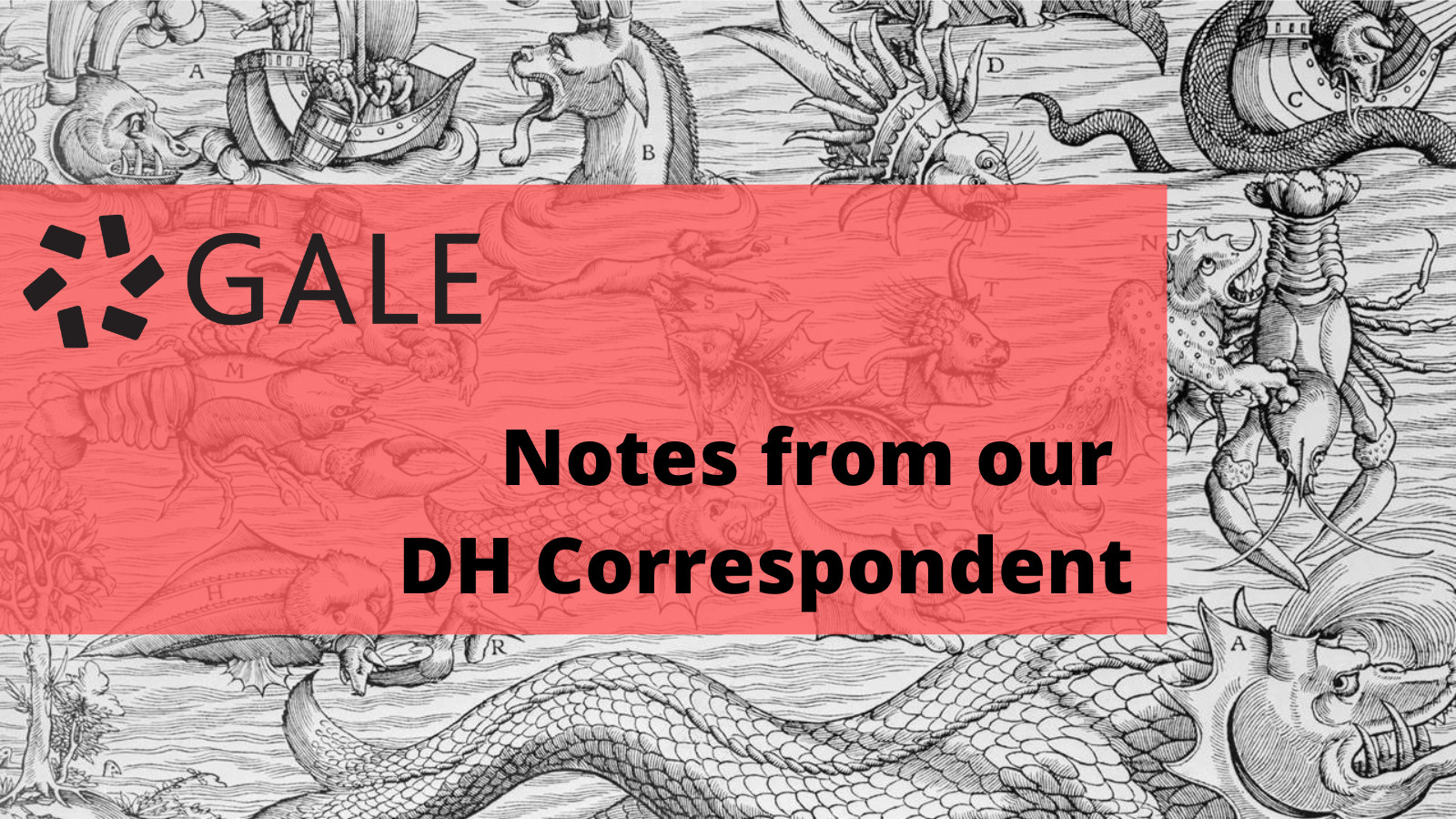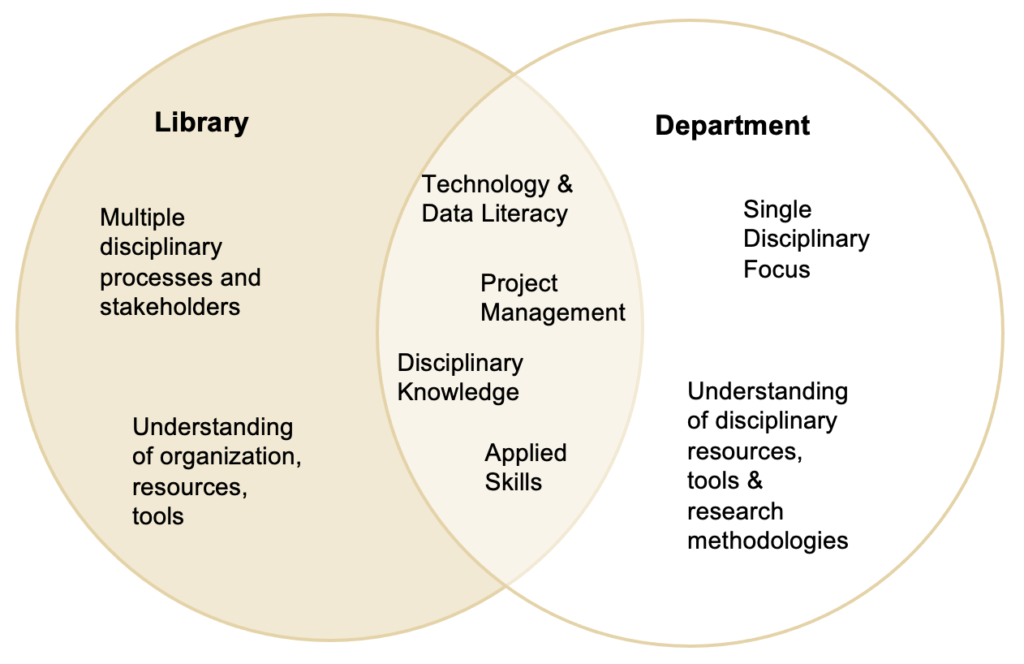│By Dr. Sarah L. Ketchley, Senior Digital Humanities Specialist, Gale│
As university classes get underway for the 2022-2023 academic year, this blog post considers some of the ways that instructors hoping to incorporate digital skills in their classroom can partner with others at their institution, within disciplines and the library, as they develop their class syllabi. The disciplinary educator does not need to work alone when developing a curriculum which includes digital humanities (DH) topics and methodologies – cross-disciplinary partnerships are an excellent way to provide breadth and depth in a syllabus. I’ll describe some of the skills that are often relevant in the DH classroom and consider where natural disciplinary overlaps lie with examples from my classes at the University of Washington.
This post is written for instructors in the humanities who are planning to incorporate project-based learning (PBL) in their classroom and include the development of digital skills into their course learning objectives. This methodological approach and outcomes align well in departments that might focus on gathering or assessing disciplinary-related data, which they might analyse and present digitally using some form of text-mining methodology. Departments of History, Anthropology, English, and Cultural Studies are areas of study that commonly leverage DH workflows. The types of data used in class often includes texts from a variety of sources, images, maps, and so on.
In My Own Classroom
I class myself as an educator with a disciplinary focus, working primarily on nineteenth-century accounts of travel in Egypt – mainly text-data, with some images. In my own classroom, students investigate a research question related to this field of study, supported by related primary source material. We’ve worked with historical menus, railroad timetables, diaries, letters, books and newspapers, which I teach students how to explore using digital humanities techniques including text mining and analysis, data visualisation and mapping. We create a digital exhibit as the final classroom output using Omeka, StoryMapJS or TimelineJS, which is how the students demonstrate their learning.
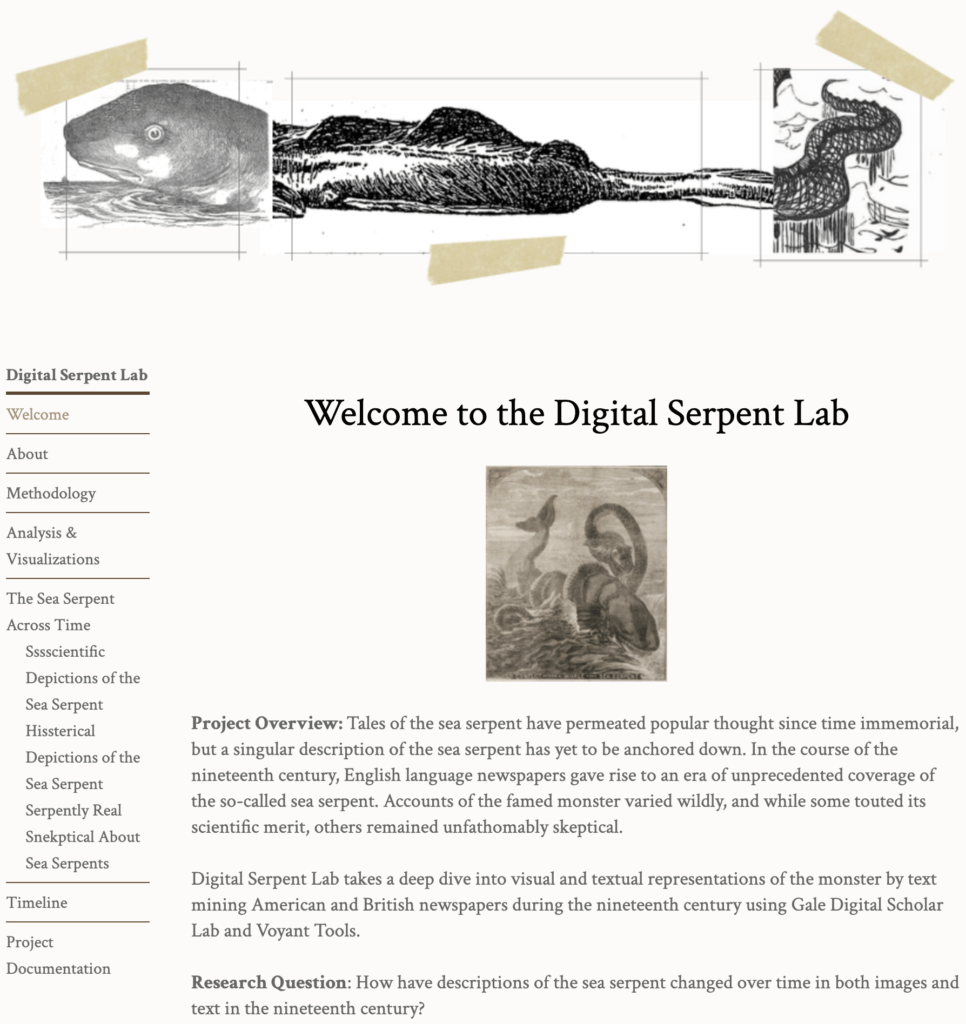
Opportunities for Collaboration
Traditional outcomes in the disciplinary classroom might include an essay or thesis submission at the end of the semester. In the disciplinary DH classroom, outcomes are often digital narratives, timelines, or exhibits. This outcome presents opportunities and challenges, since instructors need to balance not only the disciplinary research focus for the class, but also the technical and project management load.
Against this backdrop, there are opportunities for fruitful collaboration between disciplinary instructors and other specialists at their institution. There is obvious overlap between DH project-based learning and the skills and expertise offered by librarians. Many institutions have dedicated centres for digital scholarship housed in the library which are a good starting point for conversations about the potential for classroom collaboration. Libraries often provide detailed Lib Guides for specific topics. Finding the relevant guide for DH or digital scholarship can provide a pathway for getting in touch with potential pedagogical partners.
First Take a Skills Inventory
As a starting point, it is worthwhile taking an inventory of the scope of what you plan to cover during the course, identifying the skills that fall under your domain of expertise, and those that you may wish to teach collaboratively. For example, the foundation of my work with students in the initial weeks of the quarter includes discussions about evaluating DH projects, project planning, and the issues of copyright, data management, risk assessment, collaborative working practices, and so on. These first few weeks are where I look to collaborate with library partners who provide overviews of the resources available at my institution to support sustainable DH project work.
From these basic building blocks, we move forward to data collection and curation using primary source archives. Students gather data based on a research question that they have developed. They primarily use Gale Primary Sources accessed through Gale Digital Scholar Lab, but also use the ‘Upload’ feature in the Lab for material gathered from external data sources, such as the Internet Archive or Chronicling America. We work with a variety of tools to clean and curate the data, and then analyse it and present it online.
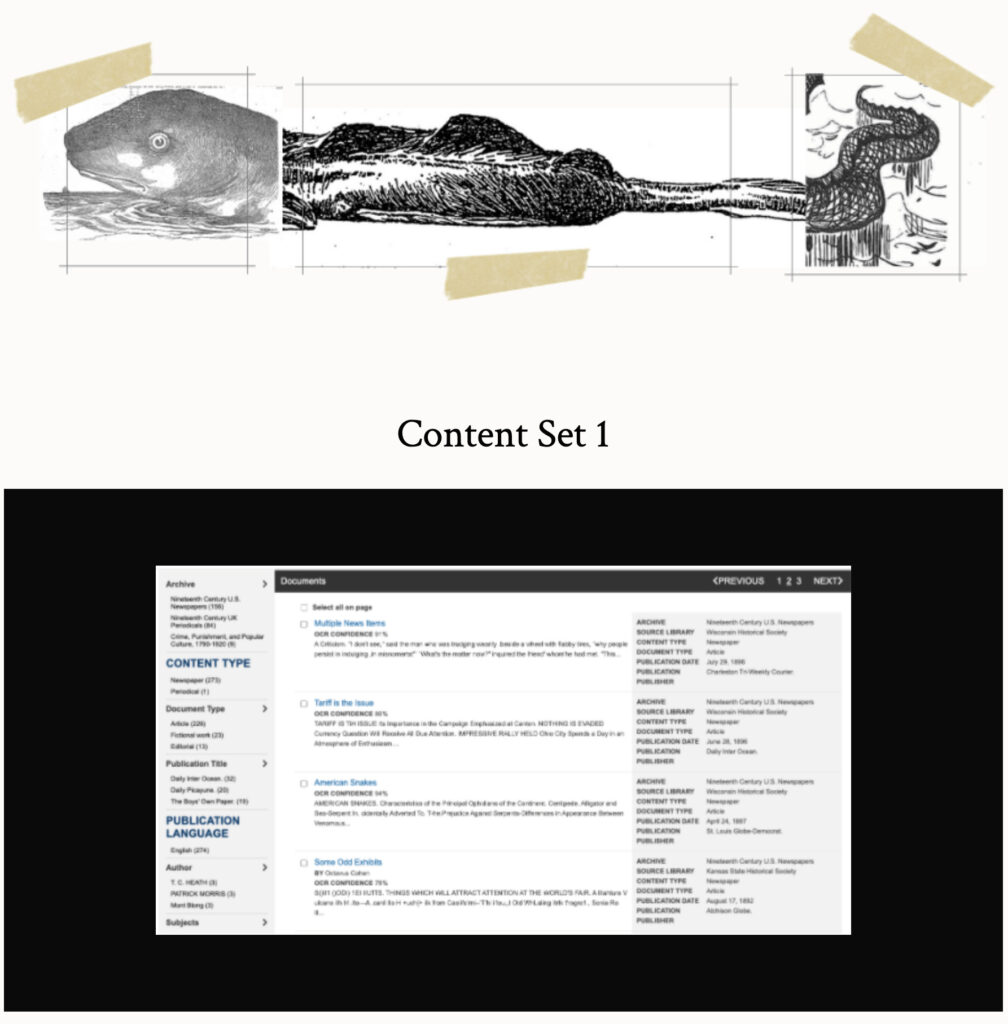
It’s perhaps helpful here to consider the skills that students in the Master of Library Science (MLIS) program are learning in DH-aligned programs, which reveals overlaps between disciplinary and library DH, along with where there is divergence. In the MLIS program, students take a more birds-eye view of the work researchers are doing across different disciplines, the type of resources available, and the “data” these resources provide. This material includes print resources, but also the significant digital material for each topic area. Students learn about ethics and decision-making, and the cost-based decisions behind digitisation efforts.
Making Connections
Armed with these insights into DH in the MLIS program, we can begin to consider the overlap in skillsets. In my case, they include project management, technology and tool use, along with disciplinary expertise. Your assessment of your needs may be slightly different to this. The skills in the library program which are relevant and helpful for the disciplinary instructor include:
- Data management and organization
- Metadata
- Data curation
- Copyright
- Collection resources
- Project planning and stakeholder involvement
- Planning for the end of the project
Librarians may also have expertise in specific tools, methodologies and computer language skills including GIS, XML, and text mining.
I always have at least a couple of MLIS students in my DH classes, even if they are undergraduate (400-level) sessions. Most hope to put the LIS (Library and Information Science skills) they’ve learned into practice by building a DH project. I have also brought my disciplinary expertise to the MLIS program, teaching a Winter 2021 class called “Applied Digital Humanities” which served the dual purposes of introducing students to a range of disciplinary topics in the humanities while joining the dots.
What does collaboration look like?
Depending on time and bandwidth, collaboration can take many forms. Having identified where you might need to pull in external expertise to deliver your DH syllabus, it’s important to be clear about what you’re asking for. Is it an hour-long consultation? Or an in-person visit to class, which may take the form of a talk, or hands-on help and guidance. Establishing what you’re asking for before you have your meeting will ensure that everyone has a shared understanding of goals and expectations.
In my DH classes, I have had the opportunity to work with librarians in a range of scenarios. They have acted in an advisory capacity, working ‘behind the scenes’ as I develop my syllabus to give me pointers on where I can find resources, what I should be considering, and what I have left out. I’ve also been fortunate to have a couple of them visit my class to teach a session on metadata and copyright considerations in building DH projects, sharing slides and resources with students which form the bedrock of class DH projects. During the pandemic, when classes were online and often asynchronous, I did a series of librarian interviews discussing their pathways into DH, and the range of work they did on a day-to-day basis.
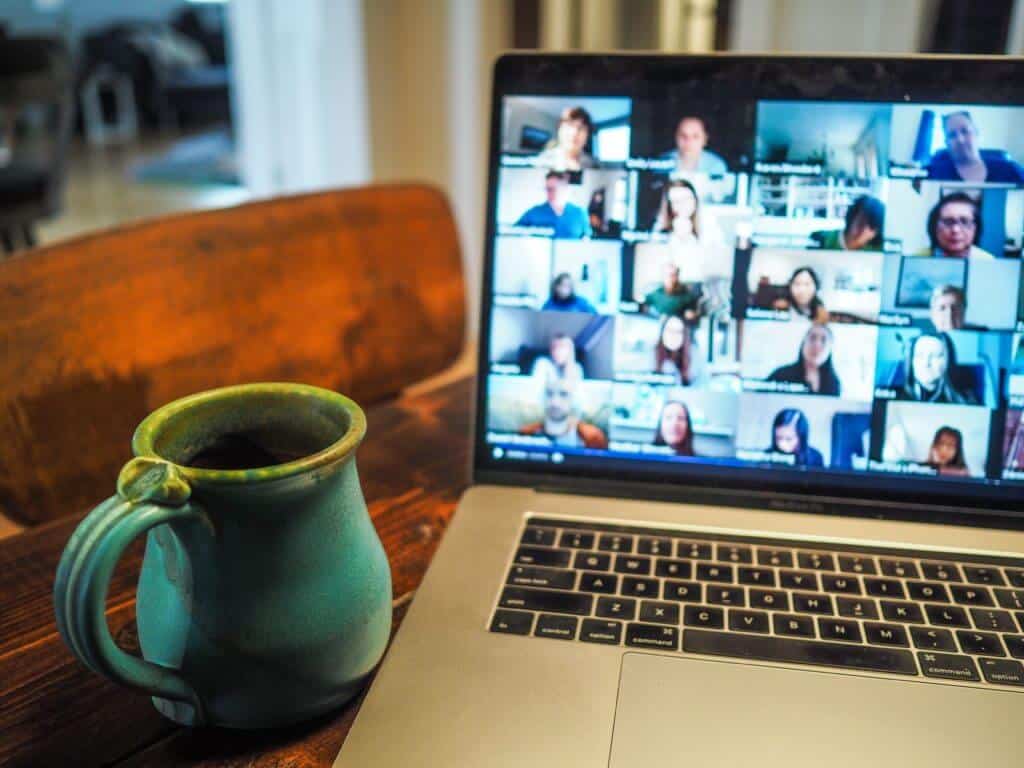
In summary, the disciplinary educator does not need to ‘go it alone’ when developing a curriculum which includes digital humanities topics and methodologies. The library is a great starting point for conversation and collaboration. Some institutions may have a dedicated digital scholarship centre, or humanities data science programs. For those subscribing to Gale Digital Scholar Lab, Gale’s on-hand DH team, including myself, are available to meet with you to discuss your classroom needs. You can contact us at [email protected].
Acknowledgements: Thank you to Helene Williams, Teaching Professor in the LIS program at the University of Washington. This blog post was inspired by our joint session at the 2022 Digital Pedagogy Institute: “Pathways to Creating an Inclusive and Accessible Digital Humanities (DH) Classroom,” and by our conversations and collaboration over the past decade.
If you enjoyed reading about the value of cross-disciplinary partnerships in the Digital Humanities classroom, you might like the other posts in the “Notes from our DH Correspondent” series.
- Separating the Wheat from the Chaff: Identifying Themes and Topics in Archives Using Gale Digital Scholar Lab
- Doing the Digital Laundry? Notes on Cleaning Unstructured Text Data
- Creating an Export Workflow with Gale Digital Scholar Lab
- Practical Pedagogy with Gale Digital Scholar Lab, Part I: Developing Your Syllabus and Learning Objectives
- Practical Pedagogy with Gale Digital Scholar Lab, Part II: Approaches to Project-Based Teaching and Learning
- A Sense of Déjà vu? Iteration in Digital Humanities Project Building using Gale Digital Scholar Lab

